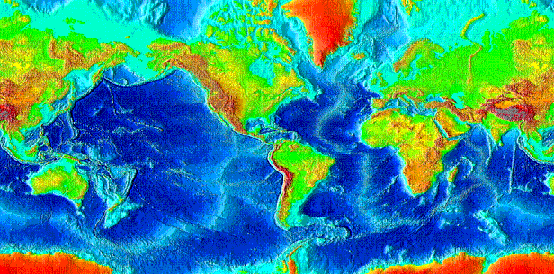Oceans Alive
Under the Sea
Ages 6,7,8,9 top
11 and up below

1.WATCH
Marine Life- Magic School Bus
http://www.elc.co.uk/kids/underthesea.php
2.Think and do
3. Play a game!
Dolphin!
Jump, splash and play as a Dolphin! This arcade-style game is fun for kids of all ages.
Pearl Diver
Grab your mask and head for the ocean floor! Collect as many pearls as you can and get back to the boat in Pearl Diver.
Tuna Trapper
Haul in the catch of the day by dropping next to trap tuna. Avoid the jellyfish and the endangered whales!
Fishin' Fun
Have some Fishin’ Fun as you try to catch as many fish as possible without wasting bait.
Projects:

Grade K-6, Age 5-11
Write a story or poem about freshwater otters. Then color and paste pictures to go along in a printable book.
(Print-and-Do, English)
All ages
 Print and play with our six colorful posters featuring the Kelp Forest, Rocky Shore, Sandy Beach, Coastal Wetlands, Deep Sea and Coral Reef.
Print and play with our six colorful posters featuring the Kelp Forest, Rocky Shore, Sandy Beach, Coastal Wetlands, Deep Sea and Coral Reef.
(Print-and-Do)
|
Grade PreK-5, Age 4-10
 Make a tide pool come to life in this popular online interactive. Make a tide pool come to life in this popular online interactive.
(Web Interactive)
|
Grade PreK-5, Age 4-10
 Use our animal fact cards to play Critter Concentration, Critter Go Fish or Guess Who. Make your own field guide and bring the cards with you on your next visit to the aquarium. Use our animal fact cards to play Critter Concentration, Critter Go Fish or Guess Who. Make your own field guide and bring the cards with you on your next visit to the aquarium.
(Print-and-Do, English/Español)
|
|
Grade PreK-5, Age 4-10
 Play this online game to find out "who likes to eat what for lunch" in the coral reef. Play this online game to find out "who likes to eat what for lunch" in the coral reef.
(Web Interactive)
|
Different Habitats
11 and up
Video Ocean Safari
http://www.nabiscoworld.com/games/game_large.aspx?gameid=10016
Sandy Beach
Tide Pools
Kelp Forest
Open Seas
Ocean Planet: Fact Sheets

By clicking on this overview map, you can find out some interesting facts about the following oceans:
Layers of the Ocean
|

|
From the seashore to the deepest depths, oceans are home to some of the most diverse life on Earth. There are big animals and little ones; long and short ones, multicolored and drab ones, and those that just sit while others that never stop swimming. There are even some organisms that light up.
Oceanographers divide the ocean into five broad zones according to how far down sunlight penetrates:
- the epipelagic, or sunlit, zone: the top layer of the ocean where enough sunlight penetrates for plants to carry on photosynthesis.
- the mesopelagic, or twilight, zone: a dim zone where some light penetrates, but not enough for plants to grow.
- the bathypelagic, or midnight, zone: the deep ocean layer where no light penetrates.
- the abyssal zone: the pitch-black bottom layer of the ocean; the water here is almost freezing and its pressure is immense.
- the hadal zone: the waters found in the ocean's deepest trenches.
Plants are found only in the sunlit zone where there is enough light for photosynthesis, however, animals are found at all depths of the oceans though their numbers are greater near the surface where food is plentiful. Still, over 90 percent of all species dwell on the ocean bottom where a single rock can be home to over ten major groups such as corals, mollusks and sponges.
To the left is a scale model of the ocean zones, from the warm sunlit waters of the surface to the cold dark depths of the Mariana Trench, the deepest point in the oceans at 36,200 feet (11,033 m). Notice how shallow the sunlit zone is compared to the midnight or abyssal zones.
|

A food chain represents the transfer of body-building substances and energy when one organism eats another. Click on the image to show greater detail.
Projects:
1. Research one area of the ocean and report on all the plant and animal life that lives there
2. Research and report on the interdependance of the ocean
3. Research and report how the ocean affects the economy.
Options to Present
1. Photostory
2. Moviemaker
3. Report
4. Short Animated film
5. Show box environment
6. Another idea you have that your teachers approves of
Comments (0)
You don't have permission to comment on this page.